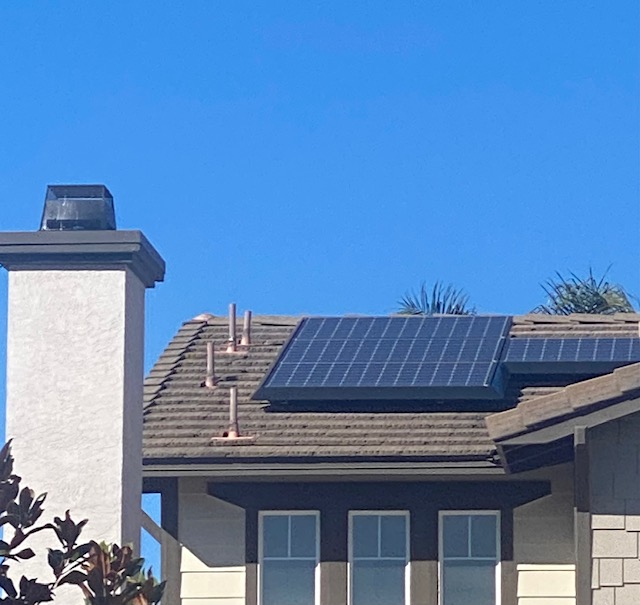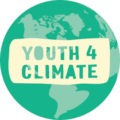
By Nupur Bhalla
Numerous new forms of energy have been developed in response to the growing concern of global warming. Due to this concern, there is an effort to limit the use of fossil fuels. The primary components of fossil fuels are coal, oil, and natural gas. Despite being extremely hazardous to the environment, fossil fuels are the primary source of energy utilized worldwide. They produce large amounts of carbon dioxide, which traps heat in the atmosphere, causing an increase in temperature. Globally, the use of renewable energy sources such as hydroelectric electricity, solar power, geothermal power, wind power, and many more has increased. These renewable energy sources can be used in your home, depending on where you live.
- Hydroelectric power is a form of energy that generates electricity by modifying the flow of water through a dam or another body of water. Hydropower can produce electricity relatively quickly, making it a popular source of energy for businesses, residences, and other buildings. Although hydroelectricity is usually used on a wider scale, it can be employed in homes by putting in a pipe that moves water from the top to the bottom of the house. The water can then be stored in a small tank or pond and utilized to create electricity. The water in the tank is run through a turbine. This turning motion creates electricity.
- There are two different types of solar energy, both of which are produced by the sun. Active solar energy is generated when the sun is used to heat a fluid which is then moved to storage until it is converted to energy that can be used to light a facility. The heat retained in the fluid can be converted to energy. Passive solar energy is created when heat is collected through South facing windows and retains it in thermal mass. These windows absorb the sun’s heat to warm buildings. Solar energy is typically used on the rooftops of homes and businesses to save energy costs and benefit the environment. However, the usage of solar energy is restricted because it can often only be used in locations with intense sunlight.
- Geothermal energy is used by heated water, created deep in the Earth’s core. The steam from the hot water will revolve around a turbine, generating energy. Geothermal power facilities are typically situated close to hot water sources. Through the use of a pipe system, geothermal energy may be used in our homes to produce electricity, heat, and cool the building.
- Wind flow is the main source of generating electricity, so wind turbines are usually only located in very windy areas as those are the only places where it would work. Wind turbines are large structures with 3 blades that convert kinetic energy from the wind to make electricity. If you live in a very windy area and if there are wind turbines located near you then wind power can be used to power your home.
All in all, in order to have a beneficial impact on the environment, there are various methods of sustainable energy that you may incorporate into your household. These energy sources can aid in financial savings as it causes less money to be spent on power bills.
https://www.energy.gov/energysaver/passive-solar-home-design
